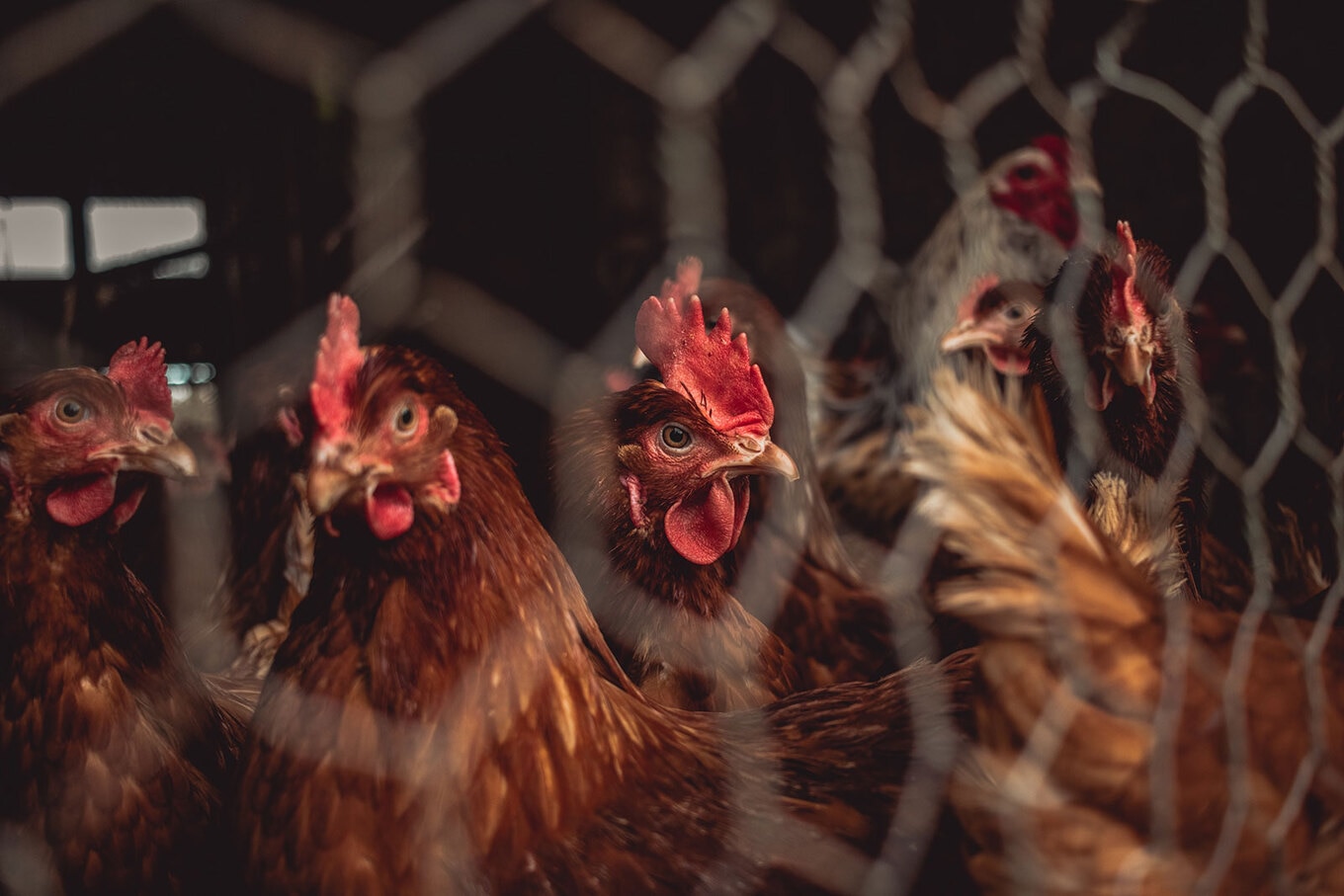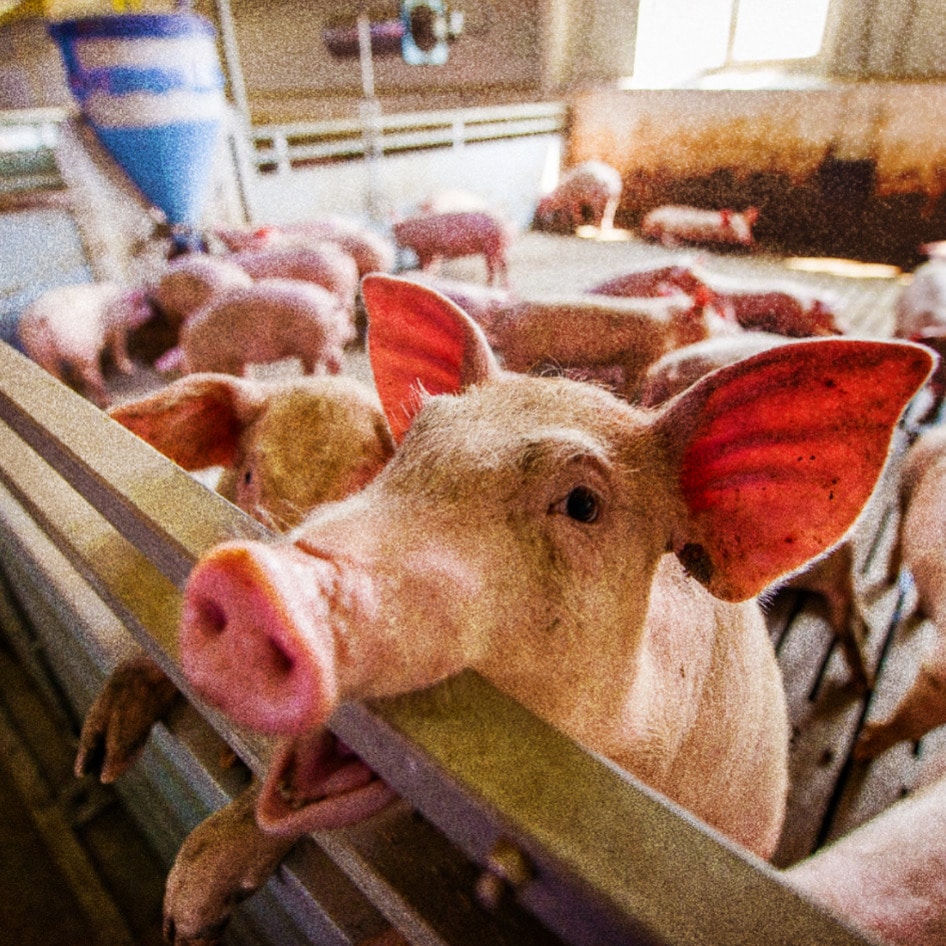The world economy may have faced formidable challenges in 2022, but it proved to be a milestone year for government investment in alternative proteins. A recent report released by the Good Food Institute (GFI) uncovered that global governments doubled their investments in the alternative protein sector, signaling an intent to innovate, diversify, and modernize their food systems.
But while 2022 was a banner year in terms of public investment in the alternative protein sector, the overall global investment reached only about $635 million—a sum that leaves much ground to be covered.
According to the Global Innovation Needs Assessment—conducted by Vivid Economics and co-funded by ClimateWorks Foundation and the United Kingdom Foreign, Commonwealth & Development Office—the alternative protein industry has the potential to support 9.8 million jobs and generate $1.1 trillion in economic activity by 2050.
However, to actualize this potential, governments worldwide must ramp up their support to the tune of $10.1 billion annually, allocated between research & development (R&D) and commercialization.
 Unsplash
Unsplash
“Beyond economic benefits, a flourishing alternative protein industry is vital to address the ongoing climate crisis,” Saira Weinzimmer, GFI’s policy coordinator, tells VegNews. “It will be scientifically and mathematically impossible for governments to meet their obligations under the Paris Climate Agreement if we do not address emissions within the food system.”
Future-proofing food system with alt protein
There are multiple compelling reasons for this call for increased public investment in alternative proteins. Not only does this sector help reduce greenhouse gas emissions, but it also offers a formidable front against the rise of antimicrobial resistance, provides a cheaper and more abundant source of dietary protein, and aids in combating food security issues for a rapidly growing global population.
 Unsplash
Unsplash
“Over the past few years, the COVID-19 pandemic and climate extremes have exposed the fragility of the world’s agricultural supply chains, disrupting the ability to safely and securely grow, produce, and deliver food,” Weinzimmer says.
“Conventional agriculture is a risk factor for pandemics, and alternative proteins can reduce the risk of future disease outbreaks and minimize disease transmission,” Weinzimmer says.
And alternative proteins—uncoupled from the biological processes of animals—create a more stable food supply.
“We saw during the pandemic-induced production disruptions in 2020 and 2021 that the current food system is vulnerable to market disruptions,” Weinzimmer says. “Alternative proteins are more efficient and resilient options that can lower risk and increase supply chain stability in the face of an uncertain future.”
Governments lean into cultivated and plant-based proteins
How are governments supporting the alternative protein ecosystem? In the cultivated protein space, the United States and Singapore have approved the sale of lab-grown meat, marking them as pioneers in this arena.
 Upside Foods
Upside Foods
The Netherlands leads Europe, investing a record $66.2 million towards developing a comprehensive cellular agriculture system, and recently became the first EU country to sanction taste tests of food items grown directly from animal cells. Israel is making progress in this realm, as well.
When it comes to plant-based proteins, Denmark is setting an example by incentivizing farmers to cultivate protein-rich crops and has backed this up with a historic $99.4 million investment to further develop their plant-based food sector as a strategy to meet its climate targets.
Canada is also pushing for plant-based protein, with Protein Industries Canada contributing more than $127 million last year to support the development of value-added plant-based products for local farmers, while Invest in Canada promotes the sector more broadly.
 Canadian Light Source
Canadian Light Source
“As such nations develop their alternative protein industries, they can serve as a blueprint for successful implementation of technologies and commercialization that other countries can emulate on a larger scale,” Weinzimmer says.
“Likewise, the motivations of these countries—to promote food resilience, national security, and economic growth—also ring true for larger countries like the United States,” Weinzimmer says.
In terms of labeling laws, governments around the world have mainly resisted efforts to limit alternative protein sales through restrictive labeling, though there are exceptions like the ban on plant-based cheese in Turkey. Despite these individual restrictions, the broader global trend indicates increasing governmental support for alternative proteins.
Funding a sustainable future
To catalyze the transformational change needed to mitigate the climate crisis, however, the report suggests the US and China, which lead global agricultural research, should each contribute approximately $1 billion annually to alternative protein R&D.
“Governments should make public investments in research and development, ensuring world-class scientists have the resources to achieve scientific breakthroughs,” Weinzimmer says. “They should also support the industry itself, as many companies are seeking to make their products competitive at commercial-scale.”
 Redefine Meat
Redefine Meat
Such investment is expected to spur breakthroughs in alternative protein quality and production, yielding lucrative intellectual property, thriving research centers, and manifold benefits for related fields such as biotechnology, food science, medicine, industrial engineering, and nutrition.
Furthermore, governments must also invest in commercialization. From funding new product development and facility construction to supporting emerging businesses resulting from breakthroughs in alternative proteins, governments stand to reap extensive benefits.
And it’s not just the larger nations that can play pivotal roles. Smaller nations, such as Singapore, the Netherlands, and Israel—which are actively fostering domestic biotechnology knowledge hubs—could make substantial downstream gains with even a small head start and a slight funding edge.
“Public funding will catalyze the alternative protein industry by supporting research, infrastructure projects, and workforce development,” Weinzimmer says. “Additionally, government leaders can signal to investors that alternative proteins are a key aspect of a modern bioeconomy.”
However, to reach this potential, significant and sustained investment is necessary. The $635 million investment in 2022 was a start, but as we move forward into 2023, there is a collective global responsibility for governments to meet the $10 billion annual investment target that will lay the foundation for a greener, healthier, and more food secure world.
“A successful alternative protein industry is necessary to get to net-zero emissions,” Weinzimmer says. “The leading studies show that governments must invest in research, development, and commercialization now to unlock social and economic benefits for years to come.”
For the latest vegan news, read:
JUMP TO ... Latest News | Recipes | Guides | Health | Subscribe









